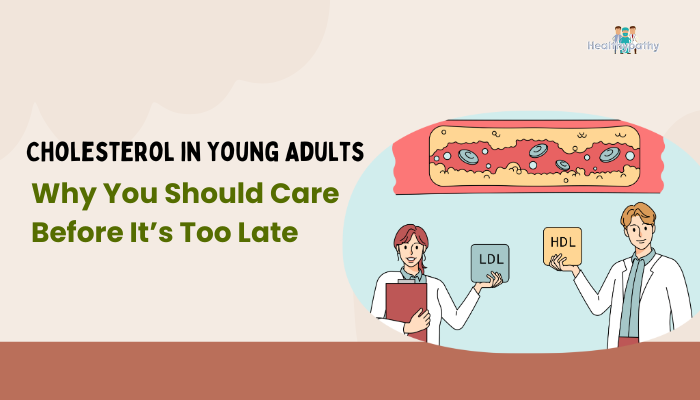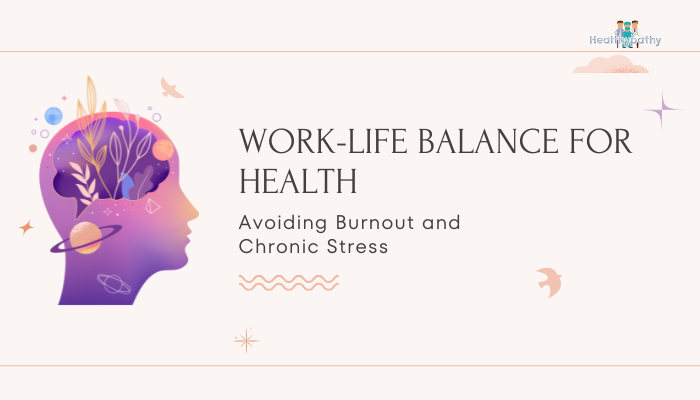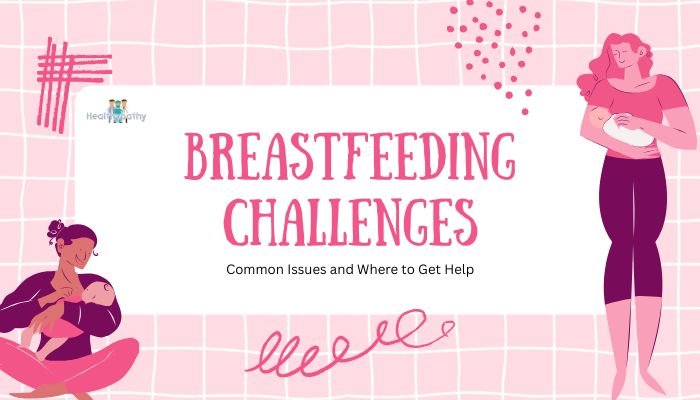Introduction
Menopause often brings hot flashes, mood fluctuations, and night sweats—symptoms driven by dropping estrogen levels. As an alternative or complement to hormone replacement therapy (HRT), some women explore phytoestrogens, plant-derived compounds that mimic mild estrogen effects in the body. Soy and other foods rich in these substances get attention for possibly reducing vasomotor symptoms. But do they really work, and are they right for everyone? This guide highlights phytoestrogens, especially in soy products, their potential benefits, safety considerations, and how to add them sensibly to your diet.
Understanding Phytoestrogens
What Are Phytoestrogens?
Phytoestrogens are naturally occurring compounds in certain plants that have estrogen-like properties. They bind to estrogen receptors in the body, though typically with a weaker effect than human estrogen or those found in hormone therapy.
Types of Phytoestrogens
- Isoflavones: Predominantly found in soybeans, legumes, and certain lentils. Genistein and daidzein are key isoflavones.
- Lignans: Present in flaxseeds, whole grains, and some fruits and vegetables.
- Coumestans: Found in split peas and other legumes, though less commonly consumed in significant amounts.
Potential Benefits of Soy and Other Phytoestrogens
Hot Flash Relief
Evidence suggests soy isoflavones might modestly reduce hot flash frequency and severity. While not as powerful as standard HRT, some women with mild to moderate symptoms find a difference.
Bone Health Support
Phytoestrogens may play a minor role in slowing bone density decline. They aren’t a replacement for medical strategies like weight-bearing exercise or prescription meds, but could offer supplementary help.
Heart Health
Some research links soy intake with favorable cholesterol profiles, possibly benefiting post-menopausal cardiovascular risks. However, large, consistent outcomes vary by individual genetic factors and overall diet.
Safe for Some Women with Mild Symptoms
If you prefer avoiding or cannot tolerate hormone therapy, phytoestrogens provide a non-pharmaceutical approach to try first for mild symptom management.
Concerns and Limitations
Inconsistent Research Findings
Studies yield mixed results—some note symptom improvement, while others see negligible effects. Variances in diet, gut microbiome, or specific isoflavone composition could influence personal outcomes.
Individual Differences
Some women may experience improvements in hot flashes; others might see no significant relief. Genetics, baseline hormone levels, or overall dietary patterns matter.
Hormone-Sensitive Conditions
Women with a personal or family history of breast cancer or other hormone-sensitive tumors should consult medical providers before significantly increasing soy isoflavones. While moderate intake from whole foods is typically considered safe, caution is warranted.
Over-Reliance on Supplements
High-dose isoflavone supplements might pose uncertain risks, including potential interference with thyroid function or other metabolic pathways. Always discuss with a healthcare provider before using these intensively.
Best Dietary Sources of Phytoestrogens
Soy and Legumes
- Tofu: Rich in isoflavones, can be used in stir-fries, soups, or grilled.
- Tempeh: Fermented soy product high in protein and isoflavones, with beneficial gut-friendly properties.
- Edamame: Young soybeans, a convenient snack or salad addition.
- Other Legumes: Lentils and chickpeas contain smaller amounts of phytoestrogens.
Flaxseeds and Whole Grains
- Flaxseeds: High in lignans. Often ground for better absorption, can be sprinkled on yogurt or oatmeal.
- Whole Grains (Rye, Oats): Provide minor amounts of lignans beneficial for overall fiber intake.
Incorporating Gradually
Starting with moderate servings (one or two soy-based meals a week, or a tablespoon of ground flax daily) helps gauge any changes in symptom relief or digestive tolerance without drastically altering your routine.
Additional Lifestyle Supports for Menopause
Balanced Diet & Nutrients
Ensure adequate protein, calcium, vitamin D, and healthy fats. Minimizing refined sugars and alcohol helps stabilize mood and energy levels, too.
Exercise and Stress Management
Engaging in consistent physical activity (like walking or resistance training) fosters bone strength and mood regulation. Techniques like yoga, meditation, or deep breathing can reduce stress hormones that worsen hot flashes.
Professional Guidance
If hot flashes or other symptoms significantly impede life quality, exploring hormone therapy or other non-hormonal medications with a doctor might be beneficial. Combining these with mild dietary interventions, like soy or other phytoestrogens, can maximize symptom control.
Conclusion
Phytoestrogens from soy, flax, or legumes represent one possible avenue for milder menopause symptom relief, thanks to their gentle estrogen-like actions. While the results can vary, many women appreciate trying a dietary approach before or alongside other interventions. Crucially, moderate consumption from whole food sources is generally safe. If you’re uncertain—particularly if you have a hormone-sensitive condition—consult your healthcare provider to balance possible benefits against any individual risk factors. By adding healthy lifestyle practices and exploring complementary ways to stabilize hormone fluctuations, you can develop a multi-faceted strategy for smoother menopause transitions.
References
- North American Menopause Society (NAMS). Non-hormonal therapies and role of phytoestrogens. 2020.
- American College of Obstetricians and Gynecologists (ACOG). Understanding soy isoflavones and menopause symptom management. 2019.
- Messina M. Soy foods, isoflavones, and the health of postmenopausal women. Nutrients. 2019;11(4):1–19.
- U.S. Department of Health and Human Services. Menopausal symptom relief: dietary and herbal supplements. 2021.
- Setchell KD, Clerici C. Equol: history, chemistry, and formation. J Nutr. 2010;140(7):1355S–1362S.







